Latest Product Hunting Criteria for Amazon UAE
If you want to sell a successful product on Amazon UAE or Saudi Arabia, you must focus on product hunting – the process of finding products that already have demand, not just following your personal interests or random trends.
Many beginners fail because they launch products based on intuition, TikTok trends, or what they personally like. Instead, the smart way is to use Amazon’s own data and trusted tools.
In this blog, we will cover:
- What is product hunting?
- Manual vs. tool-based methods.
- Four proven steps to make data-informed product decisions.
- Important product criteria for success.
- Real examples from the UAE and KSA markets.
Read How to Find Top-Selling Products in UAE for Amazon
What is Product Hunting?
Product hunting means searching for winning products with high demand, low competition, and good profit margins. It is the foundation of Amazon business success.
- If you choose the wrong product, even the best listing and ranking efforts fail.
- If you choose the right product, every next step (sourcing, launching, advertising) becomes easier.
Method of Product Hunting on Amazon
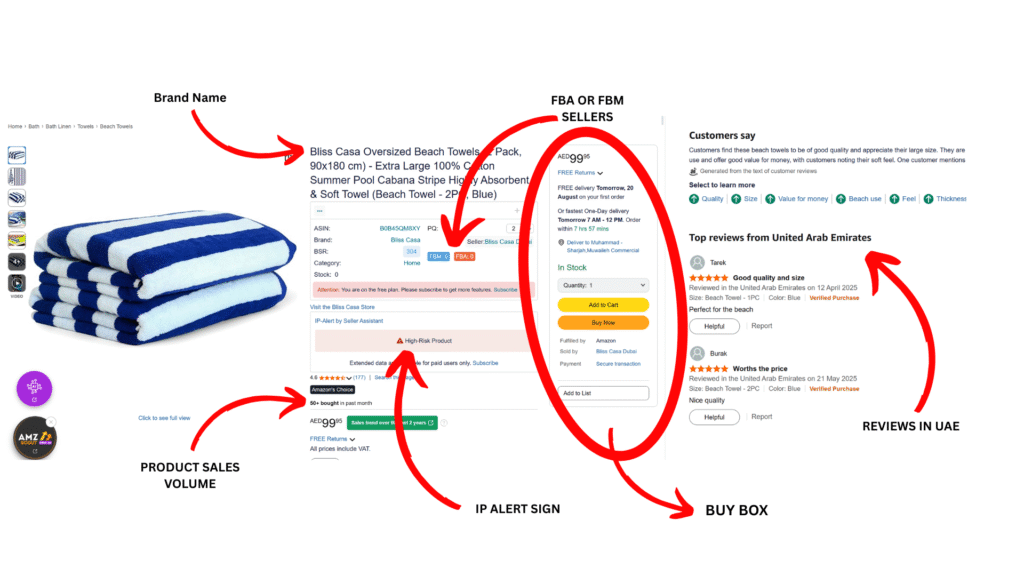
1. Manual Research (Step-by-Step)
- Go to Amazon.com, Amazon.sa, or Amazon.ae.
- Explore categories like: Beauty, Health, Home & Kitchen, Electronics, Office, Sports, Tools.
- Check Best Sellers, New Releases, and Movers & Shakers pages.
- Look for products that:
- Sell between $20–$40 (AED 75–150)
- Generate 200+ monthly sales
- Have less than 200 reviews (low competition)
- Hold a rating of 4 stars or above
This manual method is slower but gives a deep understanding of customer behavior.
2. Product Hunting Tools for Amazon
Manual research is powerful, but tools save you time and provide accurate numbers.
- Helium 10 (Chrome extension) shows:
- Sales per product
- Revenue estimates
- Reviews & BSR (Best Seller Rank)
- Number of variations & fulfillment type
- Competitors running ads (sponsored products, brand ads)
- Amazon’s Marketplace Product Guidance (2025 update) – available in UAE & KSA Seller Central.
- Shows sales estimates, demand levels, and performance metrics directly from Amazon’s database.
- Example: If you want to sell “Rosemary Hair Oil,” you can check demand directly inside Seller Central. It may show 3,000–11,000 units sold monthly, proving strong demand.
These data-driven tools turn data into dirhams.
Four Key Steps to Find Winning Products
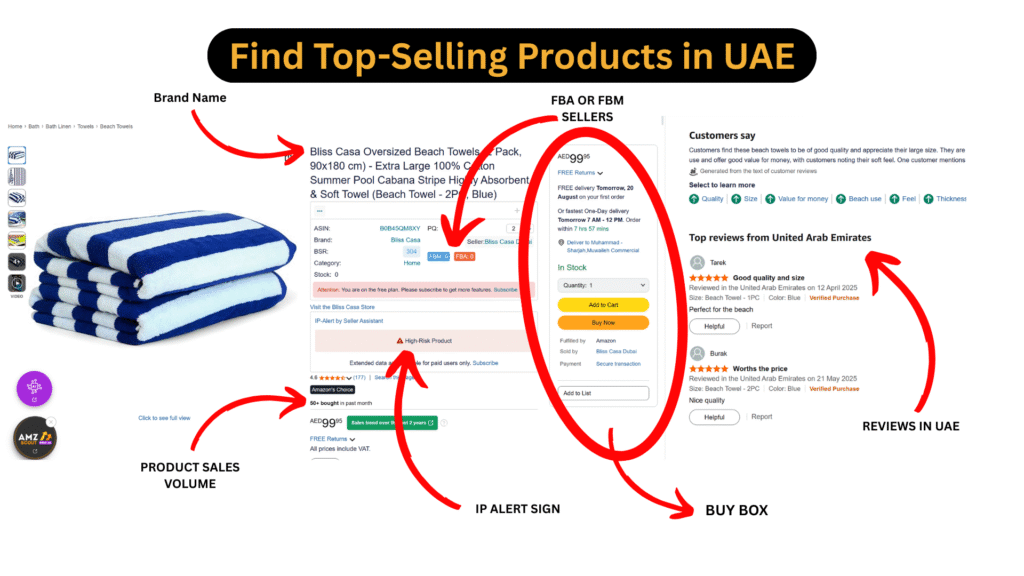
Step 1 – Use Amazon’s Marketplace Product Guidance
Check Amazon’s own insights on demand, sales, and competition before selecting any product.
Step 2 – Quick View Product Tactics with Helium 10
Instead of manually searching, use Helium 10 to instantly see sales history, BSR, ads, and revenue per product.
Step 3 – Validate Margins
Don’t ignore numbers. Example:
- Selling price = 100 AED
- Landed cost = 40 AED
- Amazon fees = 30 AED
- Profit = 30 AED per unit (before ads)
Make sure your profit margin is 20–25% after costs.
Step 4 – Spot Underserved Niches
Instead of going after overly competitive items, find twists in big markets. Examples in UAE & KSA:
- Eco-friendly cleaning products
- Halal-certified beauty products
- Modest modern fashion
- Pet accessories
These are not “tiny niches,” but they are growing markets with high demand.
Read How to Make Money Online: Best Ways to Sell on Amazon UAE
Criteria for Product Hunting on Amazon
Whether manual or tool-based, always filter products using these rules:
✅ Price: $20–$40
✅ Monthly Sales: 200+
✅ Reviews: Less than 200
✅ Rating: 4+
✅ Profit Margin: 20–25%
✅ Avoid restricted/licensed products
Practical Example
- Manual Example:
On Amazon UAE’s “New Releases,” you find a plastic storage box. If it sells for AED 100, has 200+ monthly sales, and fewer than 200 reviews → it’s a potential winner. - Tool Example:
In Helium 10 Black Box, filter UAE market:- Category: Home & Kitchen
- Price: AED 75–150
- Reviews: <200
- Sales: 200+ monthly
Result → Products with proven demand and low competition.
Read How to Start a Business: My Journey from AED 1K to AED 100K in 6 Months
Conclusion
Both manual and tool-based methods are essential:
- Manual research = Learn the market deeply.
- Helium 10 & Amazon tools = Save time and give 100% accurate insights.
If you combine them and follow the four-step system (Amazon guidance, Helium 10 quick view, validate margins, and spot underserved niches), you will consistently find winning products in Amazon UAE and Saudi Arabia.
FAQS
1. Is selling on Amazon FBA in the UAE profitable, or do the costs outweigh the benefits?
Yes, selling on Amazon UAE (or KSA) can be profitable—but only if you carefully validate your profit margins before product launch. Key steps include:
- Estimate your landed cost (product cost + shipping to Amazon).
- Calculate Amazon fees (referral + FBA, etc.).
- Aim for a profit margin of at least 20–25% after costs (per your Step 3: Validate Margins).
- Use both manual and tool-based product research to ensure you’re selecting products with sufficient demand and low competition.
If your numbers don’t support this margin, it’s best to choose a different product.
2. Can you do product research effectively without paid tools?
Yes, you can start with manual methods to learn the market—for example:
- Browse Best Sellers, New Releases, Movers & Shakers
- Analyze reviews, ratings, and product listings
But paid tools like Helium 10 or Amazon Marketplace Product Guidance fast-track accurate data insights, saving time and giving you reliable sales, revenue, and demand estimates (Step 2 & Step 1 of your system). We recommend starting manual if budget’s tight—but plan to transition to tools as soon as feasible.
3. How do I handle product variants when doing research—like sets of 2 vs sets of 6?
This is a common challenge. Here’s how to approach it:
- Ask yourself: What is the customer searching for? The variant that matches customer intent should be your focus.
- Use your tool (like Helium 10) to filter listings by variant if possible; select the most directly relevant listing (e.g., “set of 2” vs “set of 6”).
- Review manually the dominant variant in the category and prioritize it.
- If tools don’t distinguish well, manually review top listings to see which variant sells best.
This aligns with your guidelines: manual research helps segment the market intelligently, supplemented by tool insights.
4. What about sourcing products—do I have to always use Alibaba or local suppliers?
- Validate product demand and profit margin first (as per steps 1–4).
- Then consider sourcing:
- Alibaba is a common method but can involve long lead times.
- Local sourcing can speed up shipping and reduce complexity—if products are available.
- Sometimes a mix works best: local for testing, Alibaba or manufacturers for scaling.
In all cases, ensure your landed costs plus fees still allow for healthy profit margins.
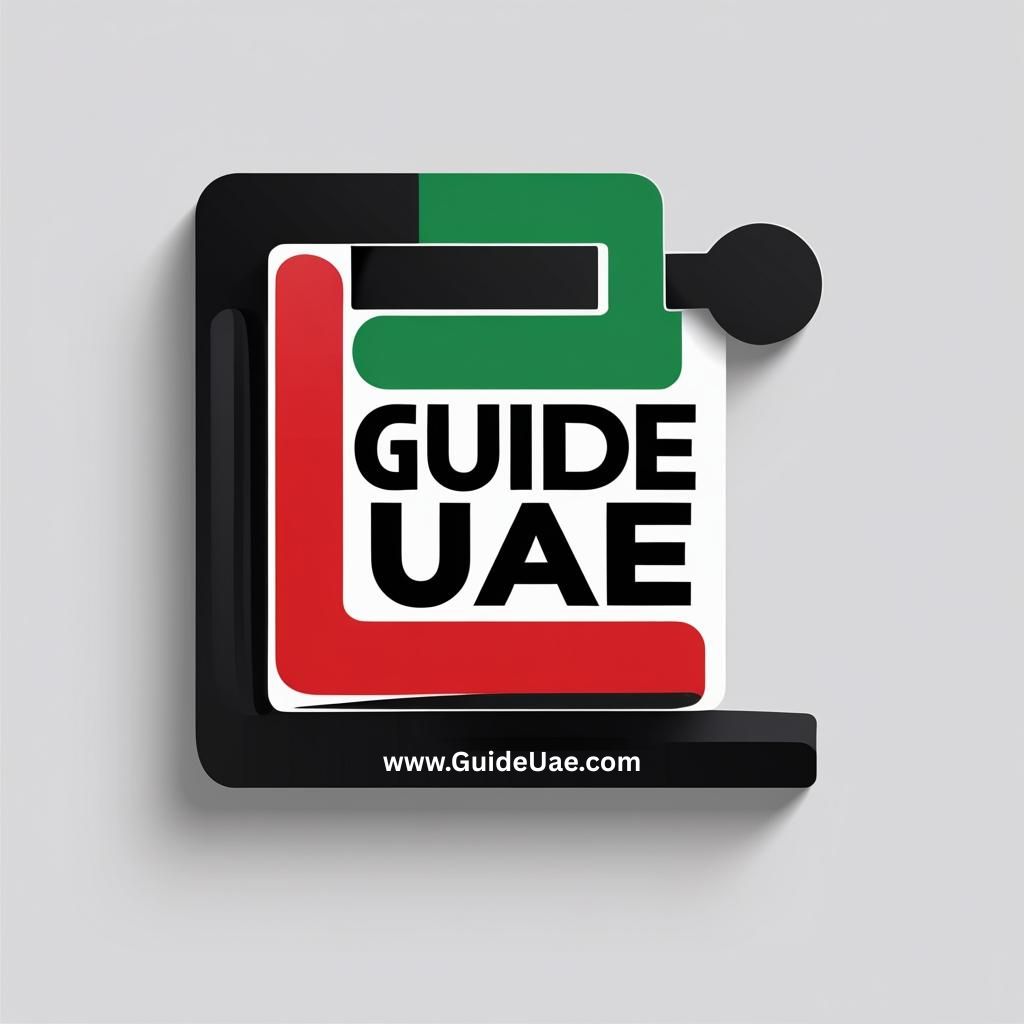
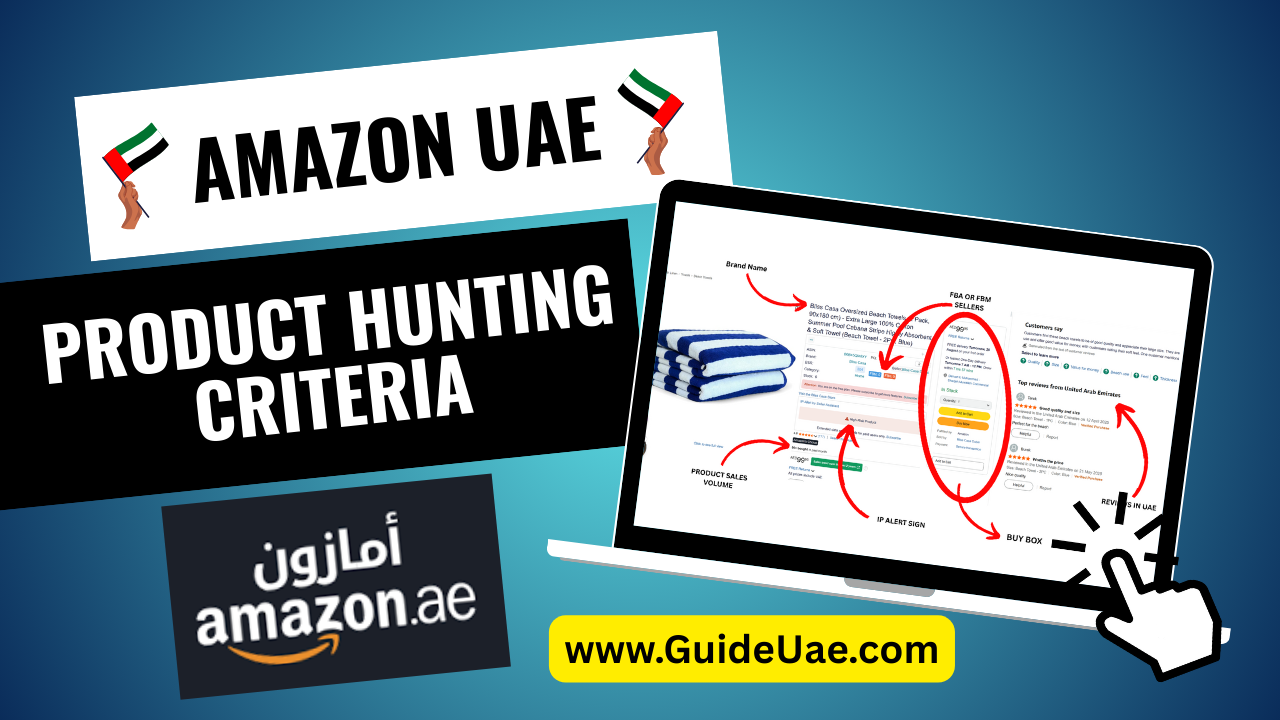
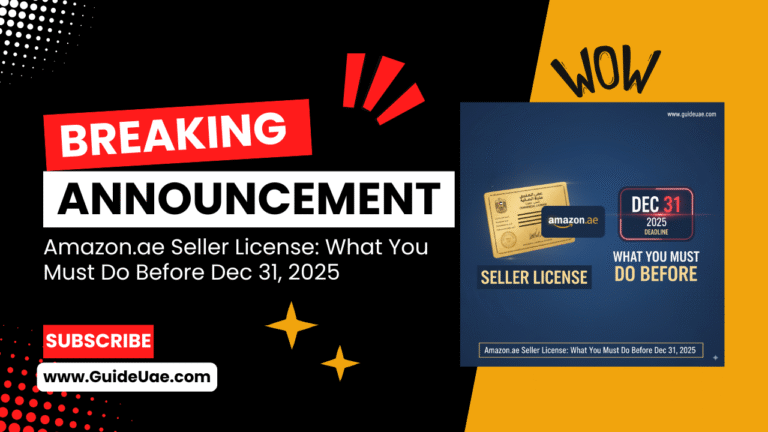
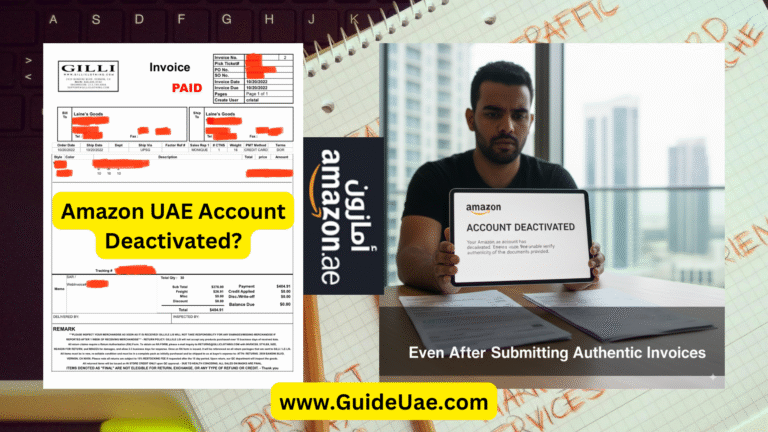

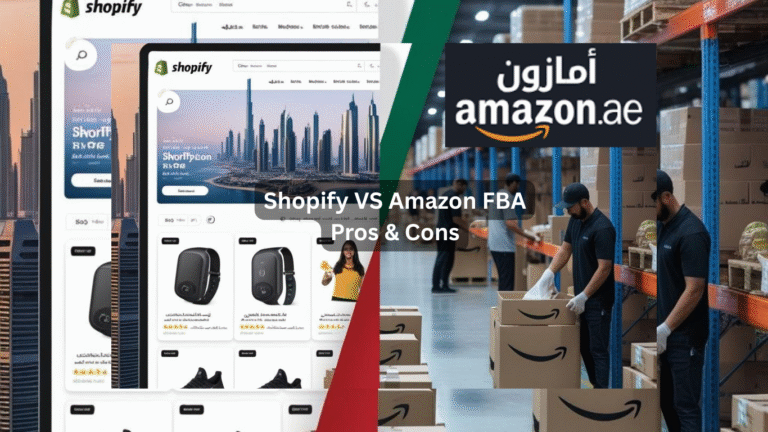
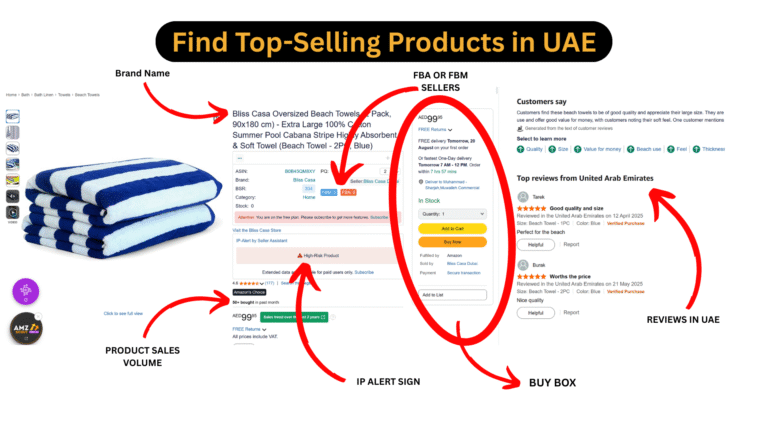
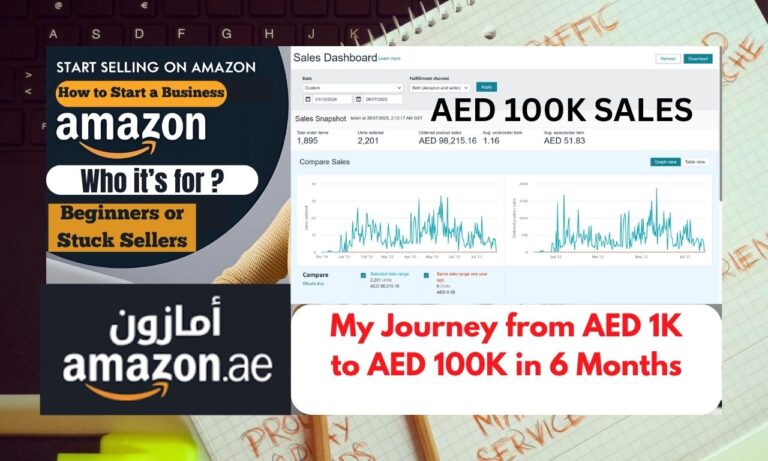
One Comment